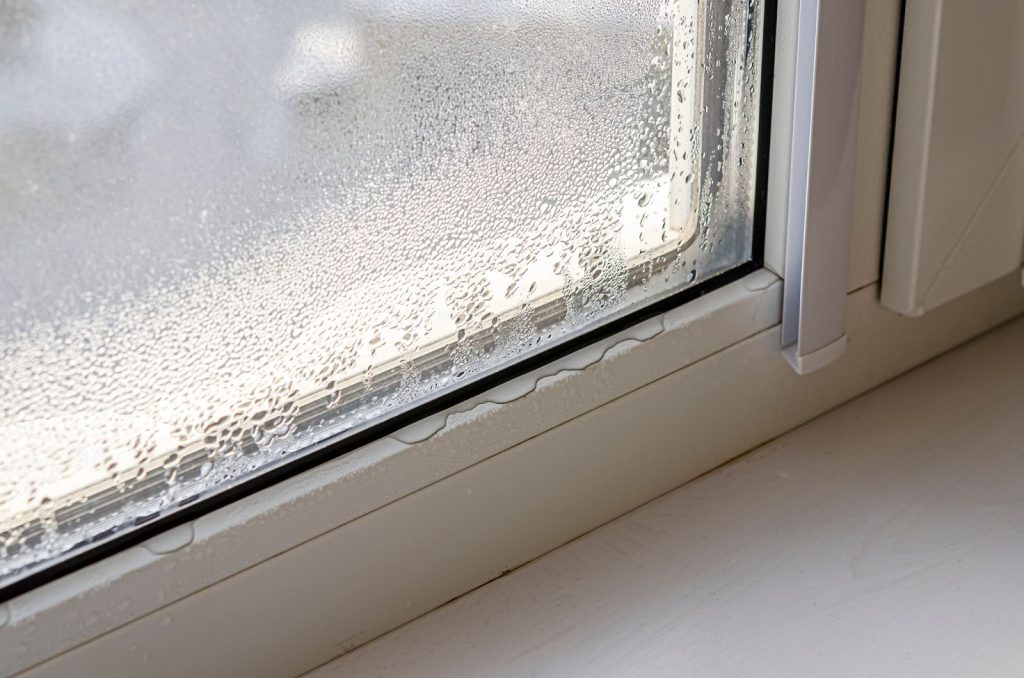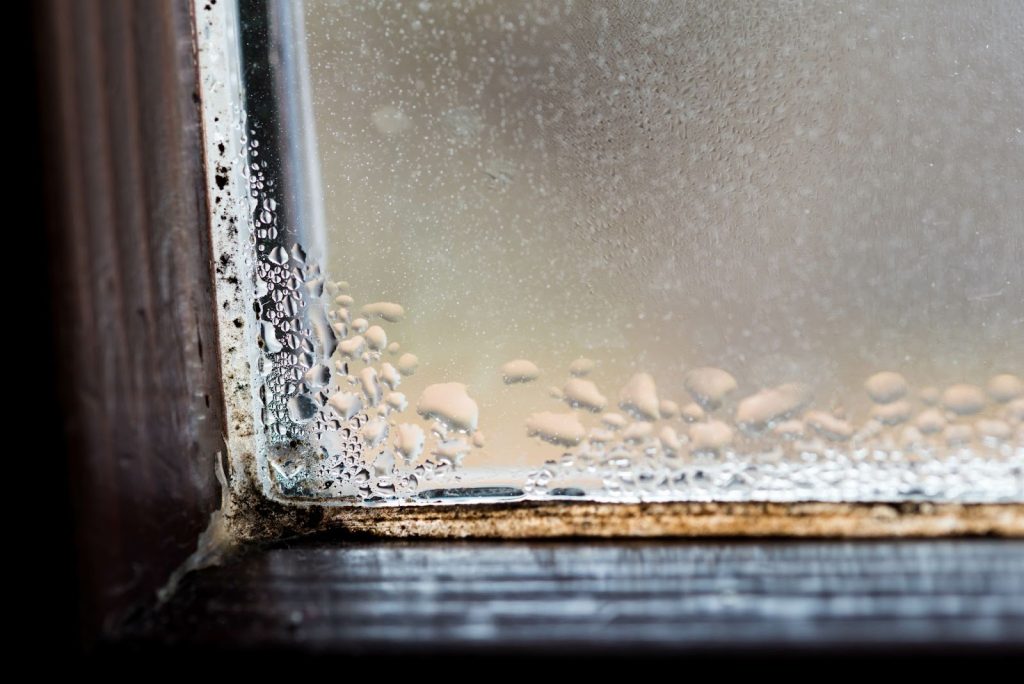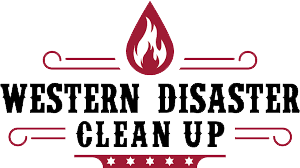As winter sets in, our homes face a hidden challenge that often goes unnoticed: mold growth in damp and poorly ventilated areas. Despite common misconceptions, mold does not take a break during the colder months; instead, it finds ideal conditions to thrive due to the warmth and moisture inside heated buildings.
Condensation worsens this situation when indoor heating interacts with cold surfaces, such as windows and inadequately insulated walls. Addressing mold issues requires constant vigilance and action, regardless of the season.
This article aims to provide a detailed overview of the mold remediation process during winter, highlighting the importance of understanding mold behavior in colder months, outlining necessary steps for effective mold combat, and emphasizing the value of professional assistance.
By equipping yourself with the proper knowledge and strategies, you protect your home from mold’s detrimental effects, ensuring the health and safety of its inhabitants throughout the winter season.
Understanding mold’s winter behavior
When cold air hits warmer surfaces, condensation forms, creating ideal conditions for mold. This becomes particularly problematic in basements, attics, and near windows where insulation is insufficient. Recognizing these risk areas is the first step in combating winter mold growth.
The issue of winter mold does not confine itself to these visible areas. Hidden spaces like behind walls, under floors, and ceiling cavities also harbor mold. These spots become unexpectedly moist from leaking pipes or poor insulation, remaining out of sight and mind until the problem becomes significant.
Combining a home’s warm interior with cold external temperatures may lead to increased relative humidity levels indoors, further fueling mold growth in these hidden areas. Understanding the comprehensive nature of mold’s habitat during winter is necessary for a thorough remediation strategy, ensuring that the mold does not continue to compromise your home’s air quality and structural integrity.
Initial assessment and inspection
A professional mold inspection kicks off the remediation process. Experts equipped with moisture meters and thermal imaging cameras delve into your home’s nooks and crannies, seeking out mold and its moisture sources. Winter inspections pay extra attention to condensation-prone areas and thermal bridges that may not be as problematic in warmer months.
This thorough investigation lays the groundwork for a successful remediation strategy, ensuring no moldy stone goes unturned.
Containment and moisture control
After pinpointing mold growth and its sources, professionals move swiftly to contain the area. They use plastic sheeting and negative air pressure to prevent mold spores from spreading to other parts of the home. Addressing the moisture source is paramount; this might involve repairing leaks, enhancing insulation, or installing dehumidifiers to tackle high humidity levels.

Professionals also focus on assessing and improving the overall ventilation of the affected and surrounding areas. Poor ventilation often contributes to stagnant air, accelerating mold growth conditions. By introducing air movers, fans, or upgrading HVAC systems to enhance airflow, specialists further reduce moisture levels, helping to dry out the area more efficiently.
This step is essential for aiding the drying process post-remediation and preventing the recurrence of mold by ensuring that indoor air remains fresh and less conducive to mold growth. Combining source control, containment, and improved air circulation, this comprehensive approach forms the backbone of effective mold remediation strategies.
Mold removal strategies for winter
The core of mold remediation lies in removing the mold itself. Techniques remain consistent across seasons, but winter adds a layer of complexity. Professionals may opt for strategies that minimize the introduction of cold air into the home, such as using localized heating elements to maintain comfortable temperatures during the remediation process.
They meticulously remove contaminated materials, scrub surfaces clean, and apply antimicrobial agents to prevent future growth, all while ensuring the home’s heating system isn’t compromised.
During the colder months, the remediation team might also integrate advanced drying techniques to expedite the moisture elimination process from the structure and the air. Utilizing dehumidifiers and air movers strategically placed within the space effectively reduces the humidity levels, which is crucial for preventing mold’s return.
This careful balance of maintaining warmth without introducing dampness requires precise control over the environment, a task that professionals are well-equipped to manage.
These additional steps, tailored specifically for the challenges of winter mold remediation, underscore the thoroughness and adaptability required to ensure the long-term success of the mold removal effort, safeguarding the property against further infestations.
Cleaning and sanitizing
Post-removal, the focus shifts to cleaning and sanitizing the former mold havens. This involves HEPA vacuuming to capture lingering spores and thoroughly cleaning surfaces with EPA-approved fungicides. Air scrubbers may run throughout the process, purifying the indoor air from airborne spores and contaminants. This step helps ensure the environment is mold-free and safe for inhabitants.
Restoration and prevention
Restoration aims to return your home to its pre-mold glory. This might involve replacing drywall, installing new insulation, or even upgrading windows to prevent future condensation. But restoration also means prevention; professionals will recommend strategies to improve airflow, reduce humidity, and increase insulation, turning your home into a fortress against mold. They’ll emphasize routine checks of high-risk areas, ensuring your home remains mold-resistant even as temperatures drop.

The importance of professional help during winter
Navigating the complexities of winter mold remediation requires expertise. Professionals understand how to remove mold safely and do so in a way that doesn’t leave your home feeling like an icebox. They bring a nuanced understanding of winter-specific challenges, ensuring the mold is removed effectively without compromising comfort or safety.
Their approach includes the judicious use of heating technologies to keep areas warm during the process, thus preventing the discomfort from cold drafts. Additionally, these experts are skilled in identifying the obvious mold infestations and uncovering hidden mold growth that may be particularly troublesome in winter.
Employing methods that keep the rest of your home sealed off from the work area prevents the spread of mold spores, further protecting your indoor environment. Their commitment to your health and well-being is evident in their meticulous attention to detail and adherence to safety protocols throughout the remediation process.
What have we learned?
The battle against mold during the winter months is both critical and continuous. As we’ve explored, mold does not relent with the arrival of cold weather; instead, it adapts, exploiting the warm, moist conditions within our homes. The mold remediation process in winter requires an understanding of mold’s capabilities to thrive in colder climates and a comprehensive approach to identify, remove, and prevent its return.
Professional intervention often becomes indispensable, offering the expertise and tools necessary to address mold effectively without compromising the indoor environment or the health of those within it. Armed with the insights and strategies discussed, homeowners can take proactive steps to safeguard their residences against the stealthy encroach of mold.
Remember, the key to maintaining a healthy, mold-free home during winter lies in vigilance, prompt action, and the willingness to seek professional guidance when necessary. Doing so ensures the well-being of your living space and its occupants, creating a safe haven against the challenges posed by mold in the colder months.
Let Western Disaster Clean Up alleviate your worries about winter mold growth
Should you discover mold in your home during the colder months, our team at Western Disaster Clean Up is ready to assist with our specialized expertise in mold remediation. Our experienced professionals promptly and effectively handle mold-related issues, ensuring the safety and recovery of your home and your peace of mind.
To get help with mold remediation this winter and keep your home protected and healthy, don’t hesitate to get in touch with Western Disaster Clean Up at 385-381-6321.

